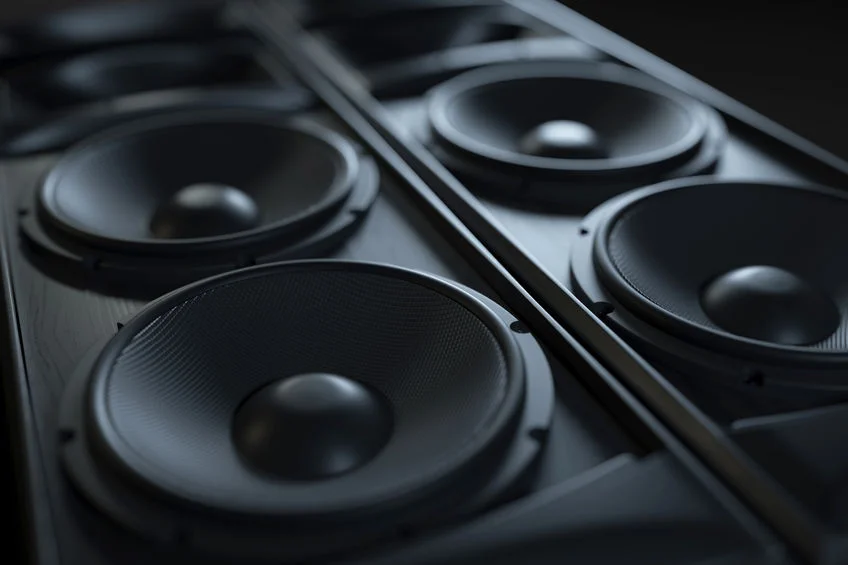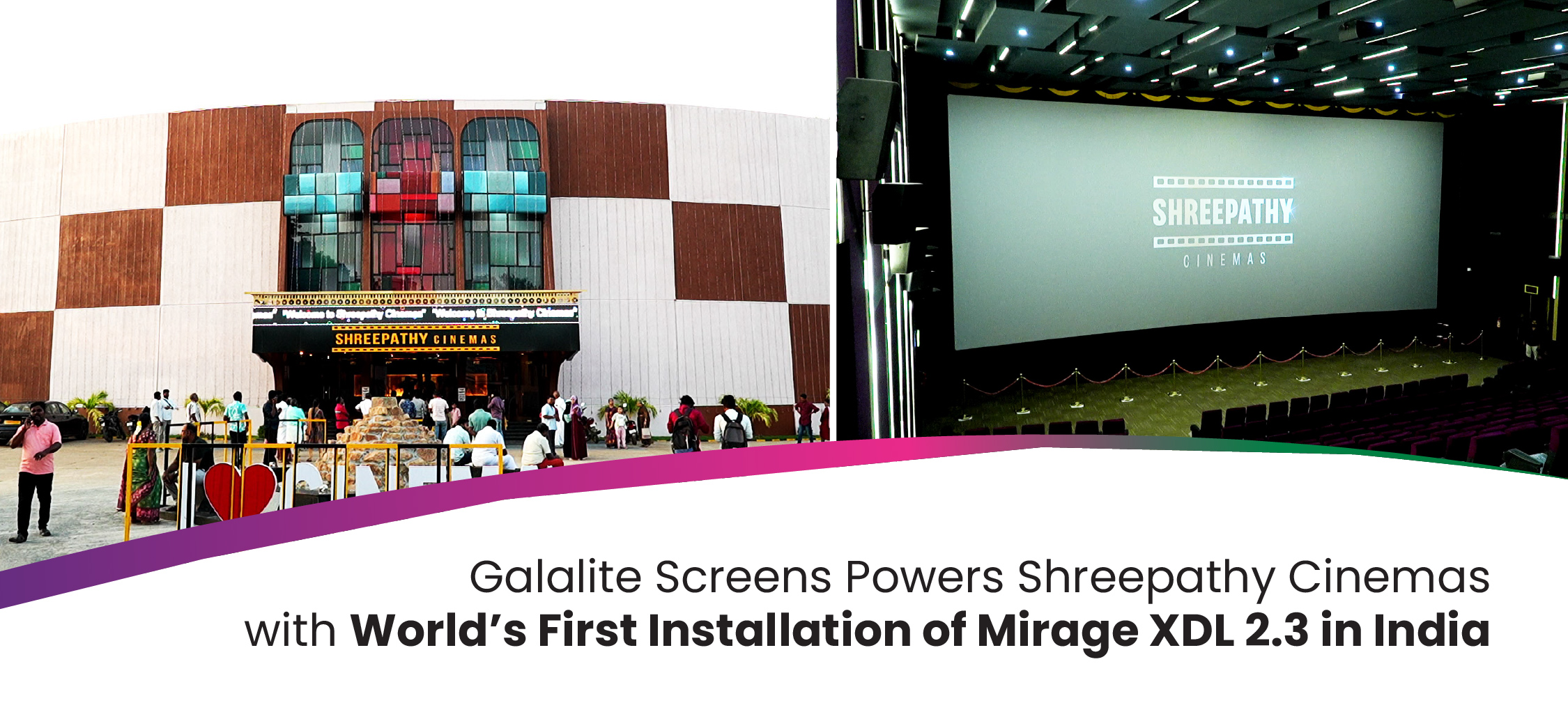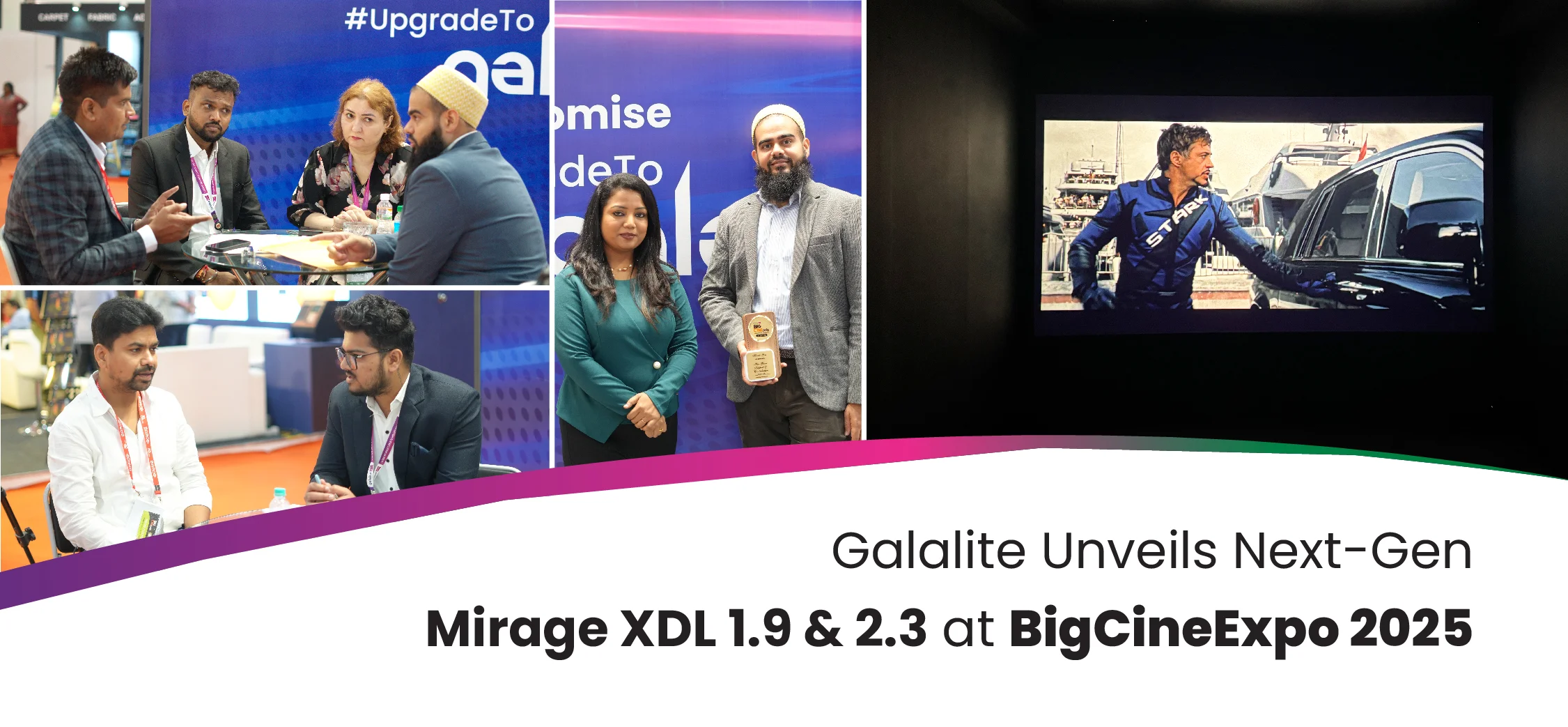
Do you remember listening to the bedtime stories by your mom, dad or grandparents? I remember my dad narrating those stories to me, I used to close my eyes and visualize whatever he narrates to me. “Audio Described Movies” is the generic name for this service. The audio description (AD) is often relied on by blind and partially sighted people – this is like a narrator telling a story and explaining the visual content of the film. New movie releases from major studios almost always have a descriptive audio track. For smaller studios or older movies, there is an active community of people who create descriptive soundtracks.
There are even annual competitions for the best audio description. According to the American Council of the Blind (ACB), the Audio Description Project is defined as follows on their website: “Audio Description is commentary and narration which guides the listener through the presentation with concise, objective descriptions of new scenes, settings, costumes, body language, and ‘sight gags,’ all slipped in between portions of dialogue or songs.” The narration translates images or other visual information or non-dialogue portions of film into spoken words so that people who are blind or visually impaired can access, enjoy and learn from works of popular cultural and educational importance. The original track is paused and the audio description is inserted between dialogues of the movie. The narration helps a blind person to get connected with the story, he or she can easily catch the pace of the movie and understands even the silent or non-dialogue portions of it.
In the United States, it is available on their televisions and DVDs as well. Earlier, in televisions, it was available on the option called Second Audio Program (SAP). With the rapid change to digital technologies, things have been changed. Now, it is your cable company that has to decide how to carry the descriptive audio, so if you require it, you have to consult with them. For DVDs, the audio description was often available as a special feature in the Languages menu. Presently, OTT streams like Netflix and Amazon has an option for descriptive narration, that helps to narrate from the beginning title till the end credits, that covers every detail of the movie.
In the case of cinema halls, it is more of a private experience. When you enter the theatre, you pick up a special headset that receives the audio narration program through a small radio receiver. Not every theatre have this type of headsets, so you must contact the theatre people in order to make a reservation ahead of time. Websites of theatre chains would help you to find out the theatres with audio narrations, like AMC theatre chain.
How does Audio Description work?
The describer sits in a soundproof booth in the theatre and offers live commentary on what is happening on the stage. The describer will have watched the performance three or four times beforehand, will have compiled their own script, and will be well prepared to describe the performance. The description is relayed; via an infrared or radio sound system; to an easy to use, lightweight headset worn by the listener. The headset is obtained prior to the performance of the theatre staff. There is no charge for the headset, but a small refundable deposit may be required when the headset is collected.
Fifteen minutes before the performance begins, a live set of notes is relayed through the headset. They include details on the costume, set and characters, and for performances not spoken or sung in English, there may also be a brief synopsis. This allows the listener to familiarise themselves with the headset controls and also supplies additional, detailed background information about the production itself. Visually impaired persons are exposed to the usual landmark clues that otherwise are never known to them. the changing societal norms related to the finances, politics, and education that open different channels for many, make the visually impaired more aware of their surroundings.
For most productions a touch tour is available. This normally takes place approximately one and a half hours before the audio described the performance. The tour allows blind and visually impaired patrons to touch elements of the set, examine some of the props, and gain a spacial awareness of the acting and performance space. It is always worth asking if places on the touch tour are available.
Why Audio Description?
In a movie, there are several silent portions or the unexplained situations where a person with difficulty in seeing and blindness at the time could not able to figure out about the scene. hence, which makes the cinema inaccessible for persons with visual impairment. Audio Description is an additional narration track intended primarily for blind and visually impaired consumers of visual media. It is a narration of what is happening on the screen during the silent portions in the video and sometimes during dialogues when necessary.
Here how it works basically at movie halls: A visually impaired person needs to go to a movie hall and purchase a ticket everyone else and sit in the hall. In addition, they have to carry a smartphone with an internet connection. The smartphone should have a particular app which is set for the audio description tracks of the movie that he/she is going to watch. (Those apps like XL Cinema depends upon the movie halls that supports audio description facilities.) In this app, the person will get an audio ticket free of cost and download the audio description track of the movie which would normally take one or two minutes. When the movie starts, he needs to press the play button and the app will synchronize itself to the place of the movie and begin playing audio description in the silent gaps.
This development is very exciting as it eliminates the need to install special equipment in every hall to be able to provide audio description. Nowadays, every theatre is at the development stage to bring out this facility to make the visually impaired people witness the cinema experience through its audio so that they can enhance their imagination into another level.
Galalite Screens celebrates 60 years of a successful journey in providing innovative cinema screen technologies, we collaborate with Sightsavers India for the campaign called ImagineSee.org. The main purpose of this campaign is to aid the visually impaired children and to share awareness about preventive blindness. We welcome you to join this initiative, together let’s make them see too.
Related articles



